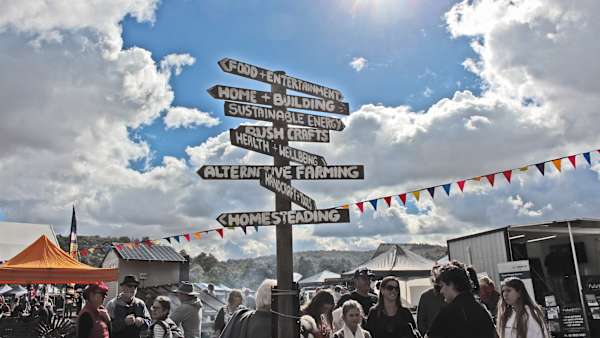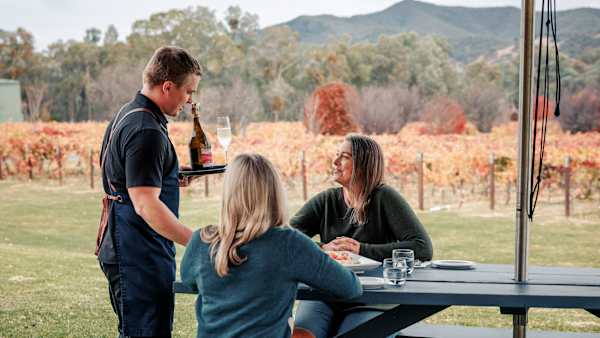A SERIES of ancient Scar Trees have been surveyed by Indigenous Elder Dozer Atkinson and his daughter Jiara along the popular Northern Beaches walking track in Wangaratta.
Uncle Dozer and Jiara said some of the historical and culturally significant trees they've mapped were up to 700 years old.
The trees were used by their ancestors to build canoes, coolerman vessels, to practice climbing on with specially carved foot holes, and even to welcome new generations into the world.
Jiara explained that all the trees and indicators tell her how purposeful her ancestors were.
She said one old 'stag' or dead tree had been around for 700 years and it had distinct foot holes carved into it, which would provide a purposeful tree to teach young women how to climb.

"The tree has a square scaring at the top of it, which indicates it's a teaching tree," she said.
Jiara said legend has it that a dilly bag with a food source inside was tied to the top of the tree and the girls would be timed to see how fast they could retrieve the bag and return to the base of the tree.
"We're still looking into how the trees were treated, but we think a mixture was put on the trees to stop the scar from closing over," she said.
"Our ancestors would come back to the tree each year to make sure the scars were not closed over.
"I remember when I first saw the climbing tree and it took my breath away, just to see all the scaring still open and being able to see what this tree was used for.
"It gave me a connection to the women who were here and it made me want to bring other Bpangerang women to give them a go and see if they could climb it."
Another tree, called a Tugalong tree, provided the wood to make a miniature canoe that was used by Indigenous women as "a shopping trolley".
Uncle Dozer said a rope was fashioned to one end and it was tugged along in the wetlands and along the rivers' edges to collect all the crustaceans and food sources such as eggs.
"We did a mapping project in and around Wangaratta and we had the opportunity to measure all Tugalong trees' height and width and they're all exactly the same – even those used for larger canoes had scar dimensions within 10cm of each other," he said.
"They might have held a spear up to the tree and used it as a measuring tool."
A magnificent 'birthing tree', which is completely hollow inside, is also on the track, and women used it as a place to give birth to their babies.

Jiara explained that they are very sacred trees to women as it's a living connection to women giving birth at the locations.
"The base of the inside of the tree was prepared similar to a bird's nest and there was foliage such as silver wattle, and native pine placed there," Jiara said.
"Around the outside were heated clay balls which would create warmth inside the tree.
"Women would give birth while standing, mimicking our creator, the eagle.
"It blew me away to know that even through birth, ceremony was dedicated to country and it was mimicking the country in itself.
"Dad said he has heard from his elders that we are part of the country and the country is part of us and this tree is even part of us, as it's even in our birthing rituals and routines.
"The inside of the tree has charcoal, which would have had antibacterial qualities, so the birthing area was pristine and ready to welcome the next generation."










